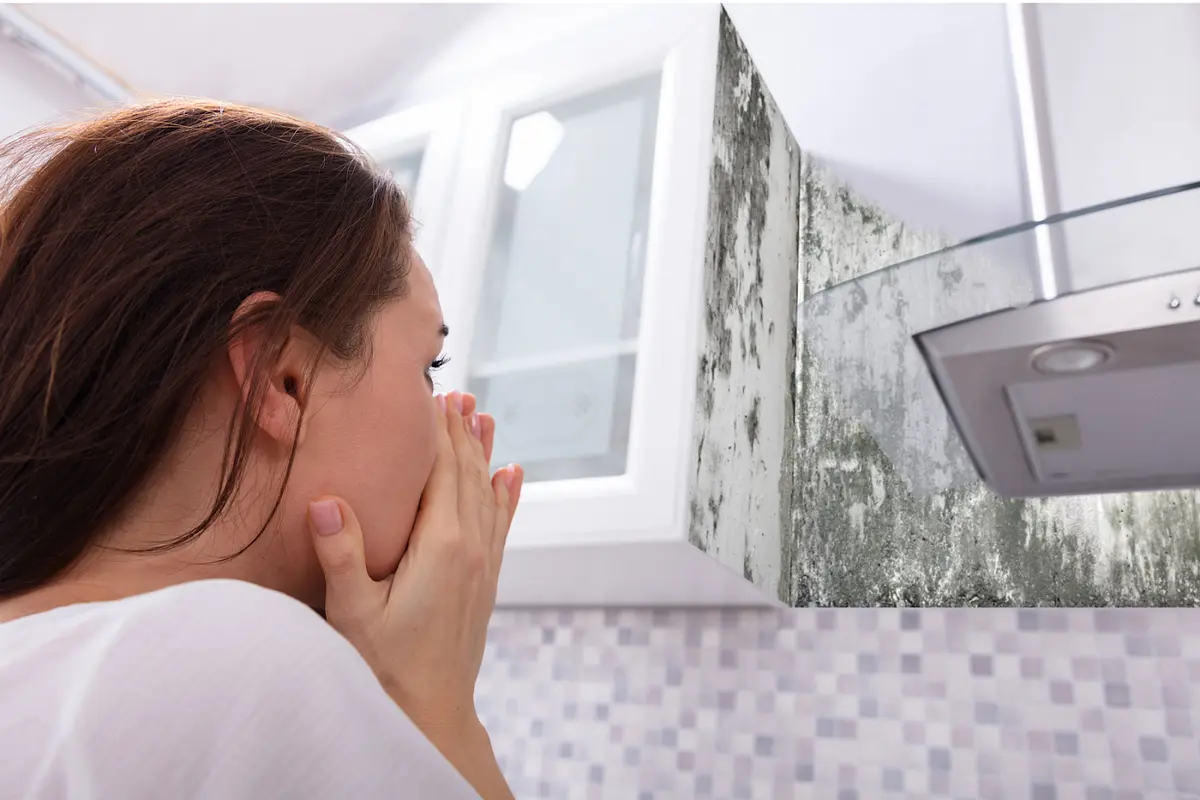
1. Control Humidity First: Bring Humidity Back to a Safe Range
1) Know When to Open Windows Briefly cross-ventilate during the drier periods around midday; if the outside is humid or near a dusty main road, shorten the window-opening time and supplement with mechanical ventilation/dehumidification. Pay attention to the Air Quality Health Index (AQHI), choose times with lower pollution for ventilation to minimize bringing in both outdoor pollution and humidity.
2) Dehumidifier Placement and Operation Keep the dehumidifier at least 20 cm away from walls, focusing deployment near closets, the foot of the bed, and shaded areas by windows prone to condensation; when no one is home for long periods, it's recommended to use the automatic constant humidity mode to maintain humidity around 50–60%. When purchasing and estimating performance, note that manufacturers' stated dehumidification capacity is often measured in lab conditions of 30°C/80% humidity, which may differ from actual home conditions.
3) Avoid Creating New Moisture Turn on the exhaust fan or slightly open windows immediately after evening cooking or showering; if drying clothes indoors, pair it with dehumidification or switch to outdoor drying to reduce prolonged high-humidity environments.
2. Cutting Off Mold at the Root: Targeted Treatment of High-Risk Areas
1) Window Frames and Wall Corners (Cold Surfaces) Metal window frames, north-facing exterior walls, and alley-facing areas are most prone to surface condensation. Recommendations:
- Wipe away condensation daily to maintain dryness;
- Check and replace seals/weatherstripping before winter as needed, to reduce the condensation cycle caused by "warm, humid indoor air" contacting cold surfaces;
- Install low-speed circulation fans in chronically dark areas to reduce local cold spots.
2) Wardrobes and Under Beds (Enclosed, Low-Ventilation Areas)
- Leave a 5–8 cm ventilation gap between the back of the wardrobe and the wall;
- Use a combined strategy of desiccants (silica gel, calcium chloride) and dehumidifiers, replacing or sun-drying desiccants regularly;
- Avoid completely sealing under beds; those with bed boxes should open them periodically for ventilation.
3) Bathrooms and Kitchens (High-Humidity Sources)
- Keep the exhaust fan running for 15–20 minutes after showering;
- Check silicone seals and drain outlets, repairing leaks early;
- For minor mold spots: wipe with a 1:1 mixture of white vinegar and water or 70% alcohol (test a small area first); for stubborn cases, use compliant bleach (diluted as per instructions).
3. Cleaning and Maintenance: Eliminate Mold Sources and Odors Together
1) "Dry First, Then Clean" Procedure Before any deep cleaning, use dehumidification or ventilation to dry the area first, then wash/disinfect. This reduces the risk of re-growth during the cleaning process.
2) Fabrics and Bedding Wash duvet covers, pillowcases, and bed sheets in 60°C hot water every two weeks; air dry or tumble dry pillows and duvet inserts depending on the material. For households with sensitive individuals or pets, increase frequency to once per week.
3) Appliances and Filters
- Exhaust fans/range hoods: Regularly remove oil stains and dust buildup to maintain airflow;
- Air purifier filters/dehumidifier filters: Clean or replace according to the recommended cycle;
- Dehumidifier selection/operating costs: Pay attention to filters/filter components and electricity consumption.
Four, Judgment and Repair: When to Seek Professional Help
1) Repeated Mold Growth or Suspected Water Leakage:
- If walls show water stains, bubbling, mold streaks extending, or baseboards remain consistently damp, this indicates unresolved water sources; prioritize identifying the causes of water leakage or cold bridges before proceeding with treatment.
2) Cracks and Spalling:
- Fine shrinkage cracks common in dry seasons differ from structural cracks; if cracks rapidly widen, appear slanted, or are accompanied by obvious water leakage, seek professional inspection and repair early.
In November, Hong Kong tends to be dry during the day but can still experience moisture at night, along with annual fluctuations and condensation on cold surfaces in homes, maintaining the risk of mold. Keeping humidity controlled at 40–60%, reducing condensation, improving local airflow, and developing regular cleaning habits can significantly lower the risks of mold and musty odors; at the same time, staying alert to suspicious water leakage and abnormal cracks, and entrusting professionals when necessary, ensures long-term indoor freshness and dryness.